Non-Toxic Travel Trailers/RVs for the Mold & Chemically Sensitive
Tiny homes, trailers, RVs, campers, vans for the chemically and mold sensitive. The greenest RVs out there!
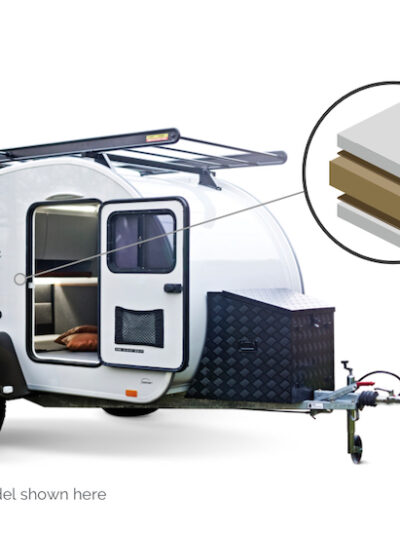
Tiny homes, trailers, RVs, campers, vans for the chemically and mold sensitive. The greenest RVs out there!
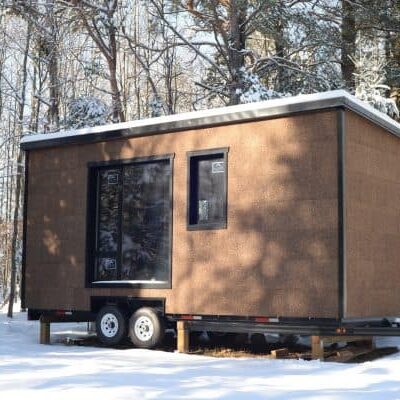
Building a mold-preventative, free house, tiny house or trailer using Passive House principles. Avoiding some of the biggest mistakes that cause mold.
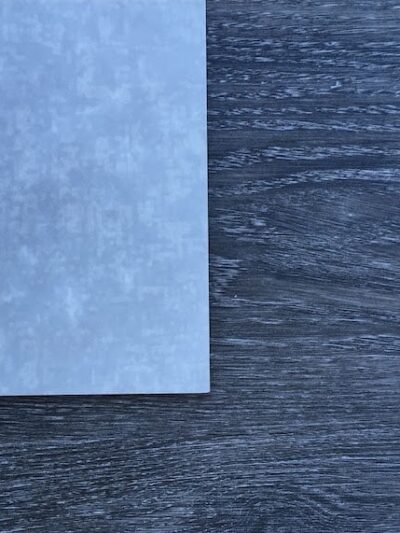
Usually, vinyl sheet flooring is used in trailers and RVs. Vinyl sheeting has significant offgassing. The post outlines healthier options. Metal and fiberglass homes have unique challenges with thermal bridging and humidity and often require waterproof flooring that can hold up to some moisture. The following list is the flooring I would specify in vans, …
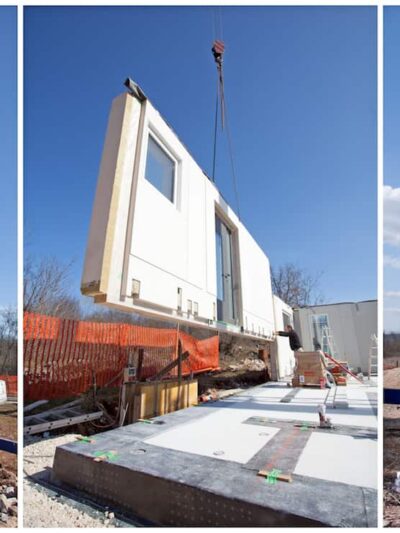
This list focuses on healthy non-toxic prefabricated (“prefab”) homes. They must be both mold-preventative designs and low-VOC to be healthy homes. I have reviewed them myself with input from customers and building science experts. Many need further closer inspection. When considering a prefab, it’s important to see the detailed design of the build, tour the …
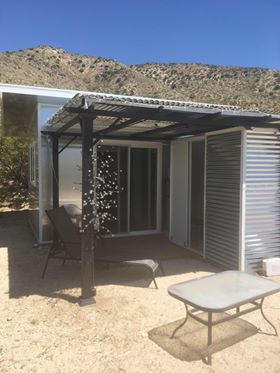
Related posts:1. Regular-sized non-toxic prefab homes 2. Mobile homes on wheels for those with sensitivities 3. Emergency shelters for those with sensitivities Simple, Small Modular and Custom Homes for those Sensitive to Mold and Chemicals These are small and tiny houses (not on wheels) that are suitable for those with extreme sensitivities to mold and …
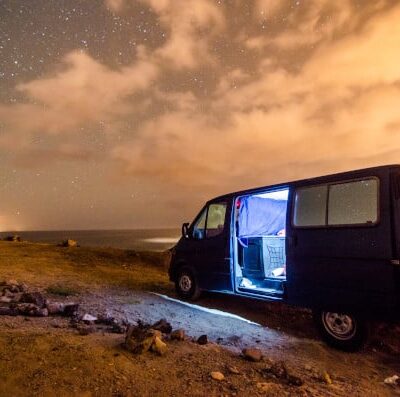
This post covers converting a cargo van into a camper for those sensitive to mold and chemical offgassing. I will focus only on a few key areas: Building a camper that will be both mold-free and chemical-free is tricky! Keep in mind a cargo van can be anything from a metal box with a bed …